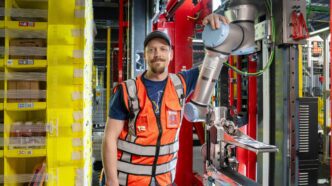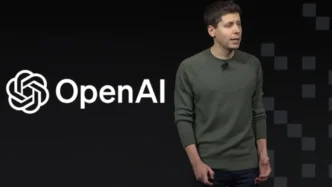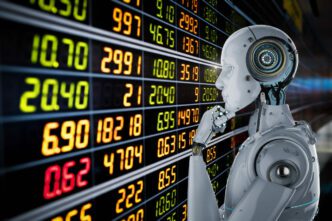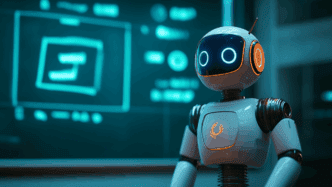Amazon has taken a leap forward in warehouse automation with the launch of Vulcan — a two-armed robot that can actually feel what it touches. This next-generation warehouse robot with touch sensors is designed to handle inventory with more precision than ever before.
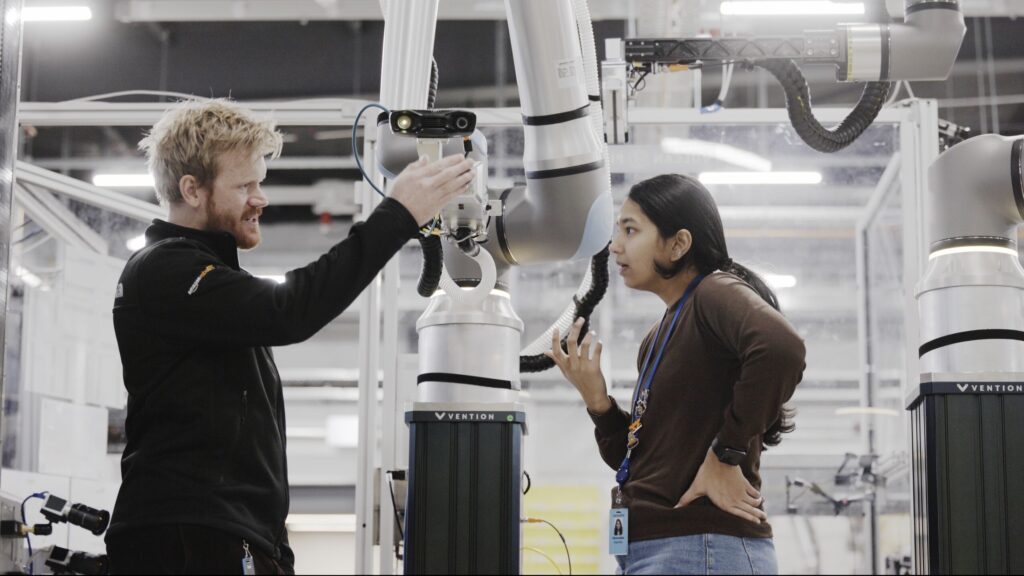
Vulcan isn’t just another robotic arm. It’s built to interact with its environment using force sensors that let it detect when it makes contact with objects. One arm is tasked with rearranging items inside storage bins, while the other uses a combination of camera vision and a suction cup to carefully retrieve products. The sense of touch helps Vulcan handle a wider range of items — even ones that are oddly shaped or delicate.
What makes Vulcan particularly impressive is how it was trained. Amazon says it used a dataset that included physical contact and force feedback, allowing the robot to learn how to pick about 75% of the company’s massive inventory. Over time, Vulcan gets smarter by learning from each item it handles. That learning is already being put to use in real-world settings, with Vulcan currently operating in warehouses in Spokane, Washington, and Hamburg, Germany. So far, it has helped process over half a million customer orders.
This launch is part of Amazon’s larger strategy to scale its use of robotics across its global logistics network. With hundreds of thousands of robots already working behind the scenes, Vulcan adds a more sensitive and adaptive tool to the mix. While some critics argue that such advancements are edging out human workers, Amazon maintains that the goal is to improve warehouse safety and efficiency — not to eliminate jobs.
By allowing robots to handle more repetitive or hazardous tasks, Amazon believes human employees can shift to roles that require decision-making, problem-solving, and oversight. The warehouse robot with touch sensors is meant to complement the workforce, not replace it.
As e-commerce continues to grow, innovations like Vulcan suggest the future of fulfillment will rely heavily on smarter, more tactile machines. And if Vulcan’s early performance is any indication, robots that can “feel” may soon be an essential part of modern logistics.
